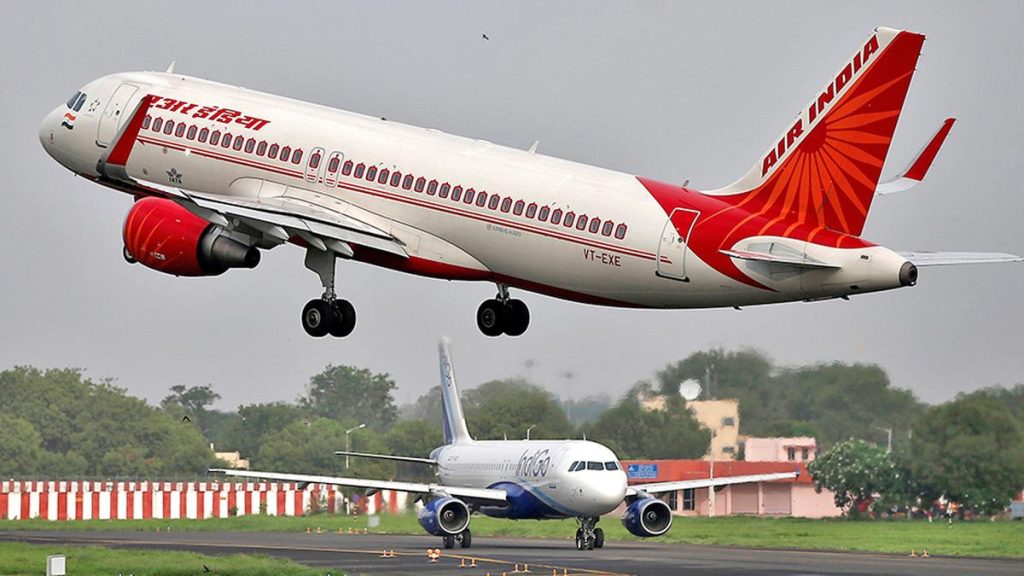The story so far:
After at least a year-long tussle over the new relaxed duty norms for pilots brought out by the Directorate General of Civil Aviation (DGCA), the Delhi High Court on February 24, ruled that a vast chunk of these rules would come into effect from July 1, 2025. This brings to a close a six-year battle in Delhi High Court waged by pilot unions against the punitive provisions of the DGCA’s 2019 norms that raised permissible night flying from one night to two consecutive nights, slashed rest periods including for ultra-long range flights, and allowed airlines special dispensation for utilising pilots during unforeseen circumstances such as inclement weather or emergencies.
What did the High Court rule?
The Delhi High Court ruled that a vast chunk of the liberalised duty and rest norms for pilots that were unveiled in January 2024, but put under abeyance after opposition from airlines, would come into effect from July 1, 2025. These include provisions such as increased weekly rest from 36 hours to 48 hours. Airlines would also be required to submit quarterly reports of fatigue complaints filed by pilots as well as subsequent action taken by airlines to the DCGA.
Some of the more contentious provisions have been postponed for implementation on or before November 1. This includes the new definition of night duty — 00:00 hrs to 05:00 hours being widened to 06:00 hours — which would bring down the quantum of night flying as pilots can’t be rostered for more than two consecutive nights of flying. The number of landings for flights encroaching night duty will be capped to two; while on night duty pilots can also not be assigned more than eight hours of flying duty or 10 hours of total duty that encompasses pre and post flight tasks. The special dispensation given to airlines in the event of unforeseen circumstances has been tightened where the additional duration for which pilots can be utilised has been brought down from three hours to two hours, and their rest in such events has been raised.
Pilots were forced to go to Delhi High Court in May 2024, after the DGCA put its own January 2024 rules on hold because of stiff opposition from airlines. Several airlines had told the DGCA that provisioning for more rest and reduced flying would require them to hire more pilots which would need time, in the absence of which there could be flight cancellations and increase in airfare.
The volte face from the DGCA though came after it had admonished airlines for engaging in scaremongering and pressed for an urgent “wake-up call” as there had been incidents of pilot deaths “ostensibly due to punishing rosters”. On August 17, 2023, IndiGo’s Captain Manoj Balasubramani died due to a cardiac arrest at the boarding gate of Nagpur airport minutes before his flight to Pune.
Why are there demands for rest?
Following the resurgence in travel post COVID-19, pilots say their share of daily flying has increased considerably, which includes upto four landings in a day that entail a flying duty of upto 10 hours and total duty period of 12-13 hours. As approaches and landings demand a higher level of concentration and complex decision-making, more flights mean a substantial increase in workload.
Since a change in DGCA’s rules in 2019, airlines are also allowed to deploy pilots on two consecutive nights of flying, which is one of the most staunchly opposed provisions because it requires pilots to stay awake against their natural body clock, with the window of circadian low, between 2am and 6am, being the toughest. When these night flights are combined with 3-4 landings per day involving a duty period of 10 to 13 hours, pilots are often at their tether’s end. With low-cost carriers massively increasing their short-haul international flying over the past decade, there has been a spurt in night flying. Over the years, this has become more hectic with airlines removing hotel rest at the destination, and requiring pilots to operate the return leg to improve cost and manpower efficiency. Pilots are known to overshoot their mandatory duty hours on routes in the Gulf such as to Bahrain and Jeddah.
While pilots typically fly between 50 to 90 hours in a month, their monthly duty period that include pre and post flight tasks could be upto 140-150 hours. While this may seem like a much lighter schedule than the average 200 hours a month for anyone working a 9-5 job, there are many factors that need to be considered. For instance, the legal entitlement of weekly rest within 168 hours provided by the DGCA implies that pilots get their weekly off only on the eighth day. There are no public or government holidays and only six casual leaves, 12 sick leaves and 30 privilege leaves (Air India) which have to be applied for a year in advance. IndiGo provides 42 PLs to pilots in command, and 22 to First Officers. This may also be due to the nature of the business that requires rostering and commercial teams to ensure sanctity of flight schedules which have been sold to passengers.
Then there is the cockpit environment that makes flying fatiguing. These include factors such as movement restriction, poor air flow, low light levels, background noise, and vibration as well as multiple cycles of changes in oxygen pressurisation requiring one’s body to constantly adjust to rapid shifts resulting in fatigue. Automation has replaced hands-on flying in the cockpit, making greater demands on the crew to perform vigilant monitoring which is tiring.
Erratic or unstable rosters in some airlines are widely infamous for disturbing how pilots plan their rest. For example, a 10am reporting time could be rescheduled to 4pm duty time that concludes at 2am allowing one little window for rejigging their pre-flight rest after waking up at 6am or 7am. Alternating night and day shifts, unlike a fixed night or duty shift for a specific number of days, where the human body’s natural circadian rhythm struggles to adjust to disruptions, does take its toll.
While the DGCA norms are broadly based on those framed by the U.S. and European aviation regulators, the Federation Aviation Administration and European Union Aviation Safety Agency, pilot unions underline that these are only prescriptive outer limits that are further negotiated by various airline unions, whereas cockpit crew in India have no such negotiating power as their unions are not recognised by airlines, who enforce only the upper thresholds laid down by the DGCA.
The impact of the exacting rosters is such that pilots are known to sleep inside the cockpit for 1.5 to 2.5 hours even on domestic and short-haul international flights of upto five hours
Add to these, the revised contract implemented by Air India and Air India Express since 2023, where pilots get a fixed pay equivalent to 40-hours of flying, down from 70-hours earlier, further pushing pilots to fly more to earn more.
What do the airlines say?
“Air India is committed to the safety and wellbeing of its crew members and has been implementing robust fatigue management protocols. Fatigue Management is a key area of our operation, and we follow a comprehensive Fatigue Risk Management (FRM) process to assess any such report. This involves engaging the bio-mathematical fatigue tool (Jeppesen Boeing Alertness Model -BAM) for risk analysis and a dedicated review committee — Fatigue Safety Action Group (F-SAG) — besides, sustained monitoring by the regulator,” the airline spokesperson told The Hindu. They added that they also have a non-punitive, confidential nature of fatigue reporting system for proactive and transparent feedback from the pilots. There was no response from IndiGo on its fatigue management practices.
Air India has over 3,500 pilots, which it said was more than adequate for the existing fleet and the “current” DGCA norms on pilot rest and duty times.
While there is a surge in travel demand, allowing airlines to raise airfares and witness record profits, they are also faced with the need to closely watch their costs as airport tariffs have gone up post-pandemic and an acute shortage of new aircraft due to supply-chain challenges has pushed the cost of the few available on lease by 20-30% higher than in 2019. Profit margins in airline business are slim, and according to the International Air Transport Association (IATA), net profits are expected to be $36.6 billion in 2025 with a 3.6% net profit margin which translates into average net profit per passenger being $7.0. Flight crew salaries and expenses account for the third biggest cost for airlines globally at 8.7% of the total cost.
There were 11,775 pilots employed across airlines in the country as of November 2024, with a fleet size of nearly 800 aircraft. As the world’s fastest growing aviation market, which has 1,000 aircraft on order between Air India and IndiGo alone set to be delivered by 2035, the demand for more pilots is expected to continue to grow and so will efforts to optimise their utilisation.
Published – February 25, 2025 08:30 am IST


